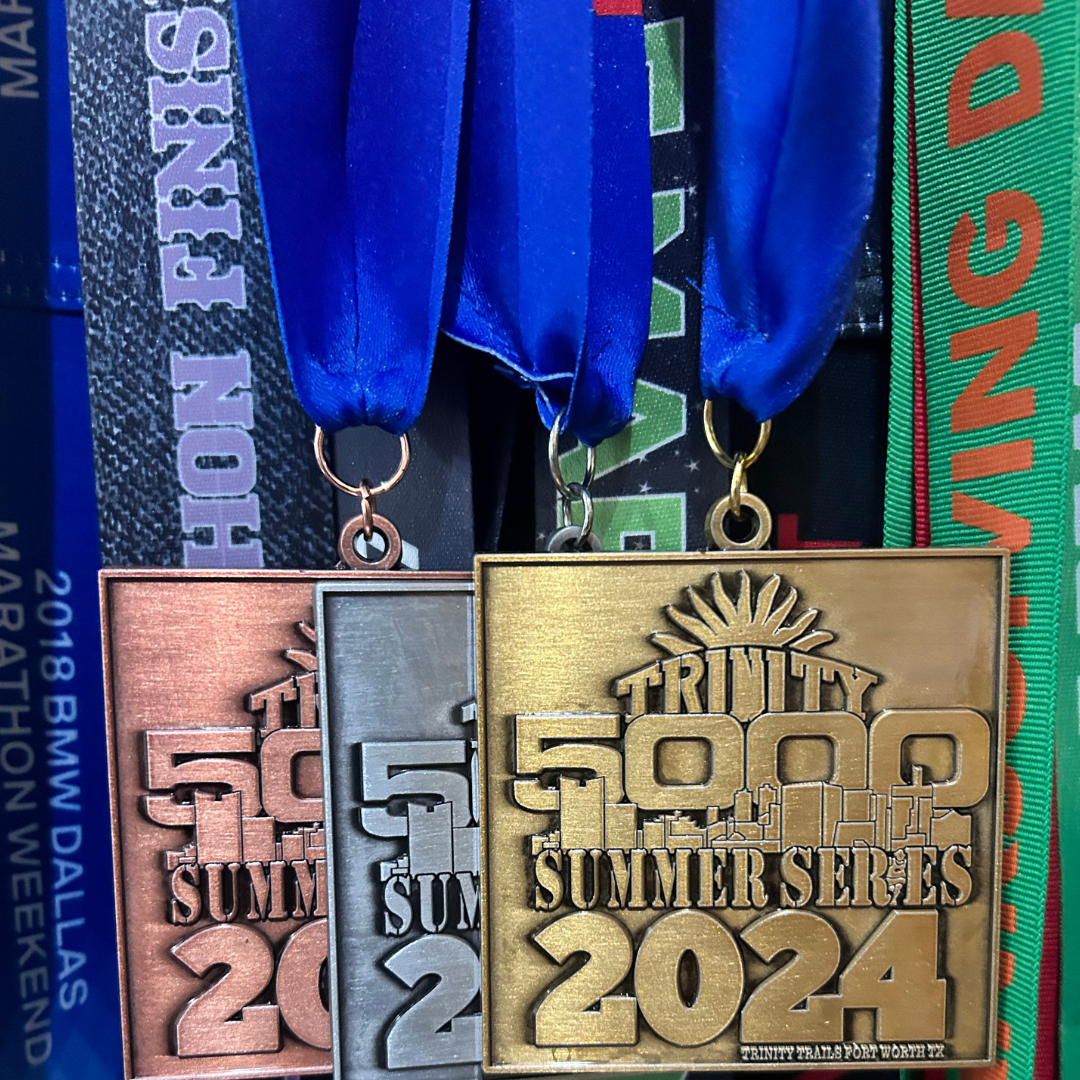When you ask the question "Where should I run?" you should first evaluate your goals. If your goal is to run a road race, you should mostly be training on the road, likewise with trail races. If you have a track meet coming up, it makes sense to practice in the same environment in which you will be performing. With that being said, there are pros and cons to all running surfaces and barring any immediate event, it makes the most sense to vary your running surfaces to help avoid certain repetitive and overuse injuries.
Cement
Running on sidewalks and urban trails, usually made from cement, can be a safe environment for running that is away from the dangers of traffic.
However, cement surfaces like sidewalks and urban trails are some of the most inflexible surfaces where you can run and can be hard on the joints. There is no shock absorption to reduce the force of impact when your foot hits the ground. Cement can be as much as 10x harder than asphalt.
While cement surfaces may be harder on your body it doesn't mean that you shouldn't run on them. Just be aware of the potential pitfalls and pay close attention to the signals your body sends. If you feel aches and pains give yourself extra rest days and combine with lower impact activities.
Ashphalt
Asphalt is softer than cement and therefore easier on your joints, so if it is safe to do so, I usually take my running off the sidewalks onto the street, against traffic on low traffic roads.
While the surface may be softer you may open yourself up to more risk by running on street, even in low traffic areas. You might have to watch out for cars, animals, potholes and running repetitively on a cambered (sloped) road could eventually lead to certain types of running injuries.
When training for a road race or if roads are most accessible surface for you, leave the headphones at home, pay close attention to your surroundings, run against traffic and change up your route often!
Track
The track's soft flat surface is easy on the joints and it makes measuring the distance very simple (as each time around the track is 1/4 mile). It is a safe environment away from traffic and you're often in good company with like-minded runners.
However the track isn't ideal for long distance running and running in the same direction around long curves on the track can be hard on the hips and ankles when done repetitively.
Use the track for shorter speed or interval sessions and take longer runs to the roads or trails if you prefer.
Treadmill
The treadmill offers shelter from weather, protection from traffic and you have strict control over your pace. It has a soft surface that is easier on the joints than running on cement or asphalt.
To some people the treadmill can feel repetitive and boring and not everyone has access to a treadmill on a regular basis.
A treadmill is a great tool if you have access to one. Try these boredom busting treadmill workouts to keep things interesting.
Trails
Nature trails offer a soft forgiving surface to run with usually beautiful scenery that is safe away from traffic. Trail running is quiet and can be used as a form of meditation. Trail running can help improve balance and proprioception.
Depending on the how technical the trails, you may run on uneven ground with loose rocks or gravel which can be dangerous if you fall or twist your ankle.
The trails are a wonderful place to run, you may need to run at a slower pace to account for an uneven or changing terrain. Run with a friend for safety if the trails are isolated.
Where is your favorite place to run? Do you prefer on one running surface over another?
Like this post? It helps me when you share or save to Pinterest.












A lot of nutrition guides for half marathon training are overly complicated and aimed at elite athletes, which can be intimidating for the average runner. This blog post is about taking the pressure off by treating your fueling as a personal, no-math-required experiment throughout your 12-to-16-week training cycle. As a health coach and personal trainer, my goal is to give you simple, straightforward guidelines so you can figure out what works best for your body, ensuring you have the energy needed to train well, recover fully, and cross the finish line feeling strong.